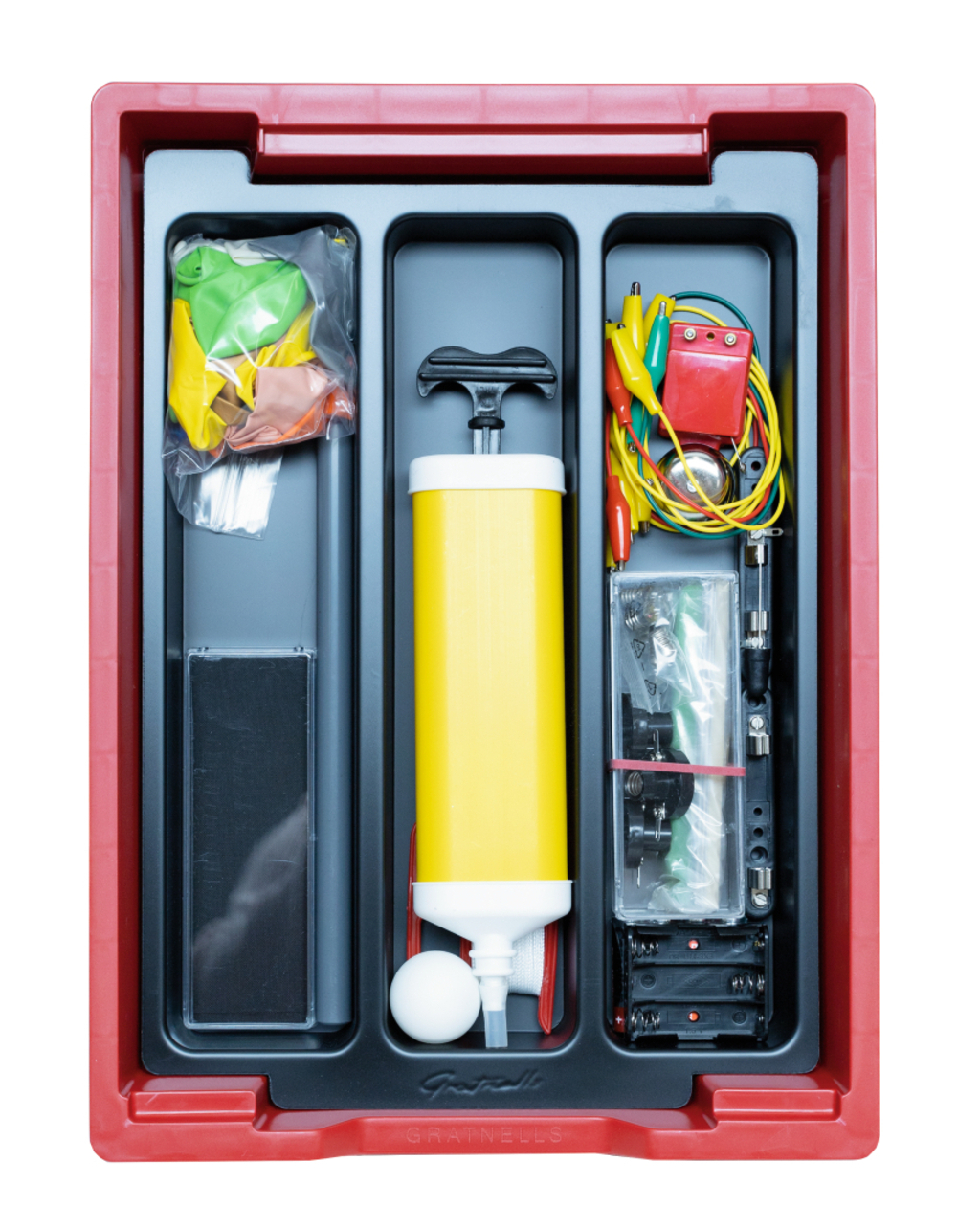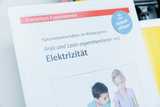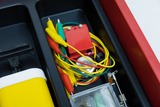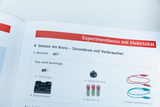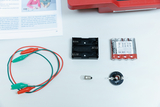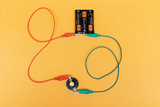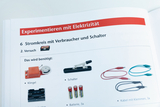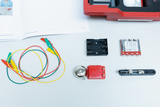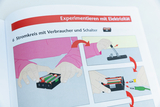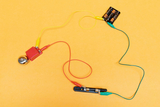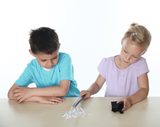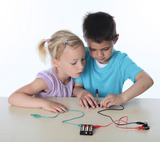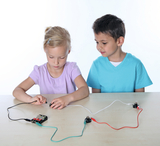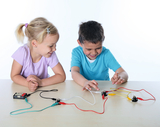Kindergarten kit Anna and Leon experiment with electricity
Electricity – really fascinating!
Electricity is very important and children come up electricity in nearly all areas of life.
Playfully the children will experience how electro-static charging develops and which effects it can have. The children learn how an electrical circuit is
assembled and which different connections exist.
They can try which materials conduct electricity and which materials can be used as insulators.
The children can find out how a Morse telegraph or a simple alarm system is working.
We will shortly provide you with a description of the experiment at this point.
We will shortly provide you with a description of the experiment at this point.
We will shortly provide you with a description of the experiment at this point.
We will shortly provide you with a description of the experiment at this point.
We will shortly provide you with a description of the experiment at this point.
We will shortly provide you with a description of the experiment at this point.
We will shortly provide you with a description of the experiment at this point.
We will shortly provide you with a description of the experiment at this point.
We will shortly provide you with a description of the experiment at this point.
- 1 × Battery holder for three mignon cells
- 1 × Carton for SEG (small tray)
- 1 × Knife switch, eyed
- 1 × Plastic box 157x54x19 mm
- 1 × Plastic box 140/50/35 mm
- 3 × Bulb holder MES with solder tag
- 1 × Test leads, set of 10 pcs
- 1 × Friction rubber, wool
- 1 × Friction rod, PVC
- 1 × Set of 100 rubber rings for soundplates
- 1 × SEG Lidfoam, grey 10 mm
- 1 × String on spool
- 1 × Ping pong ball
- 1 × Storing tray, shallow,red
- 1 × Air pump for balloons
- 1 × Insert with 3 partitions
- 1 × Bulb MES 3,5 V / 0,2 A (10 pcs.)
- 1 × Lid for 75028 + 75038
- 1 × Electric bell
- 1 × Material patterns, set of 9 pcs.
- 1 × Set of 4 Mignon cells, alkaline, 1,5 V
- 1 × Knife switch spring contact
- 20 ×
